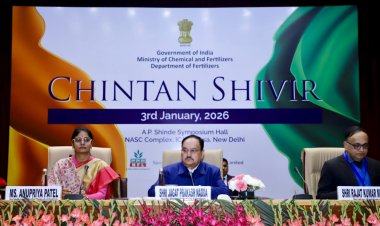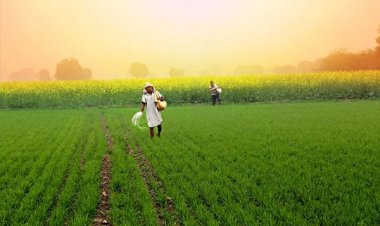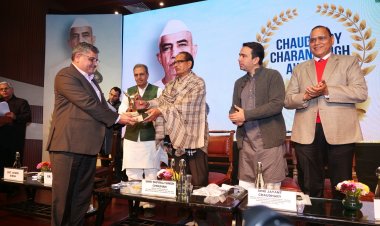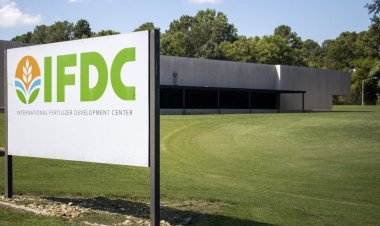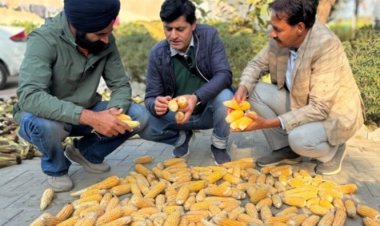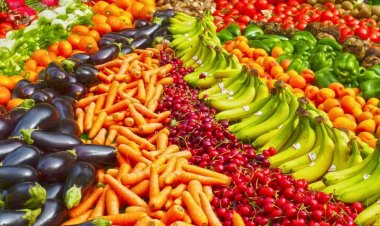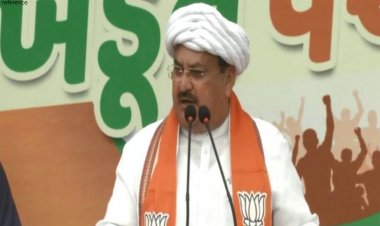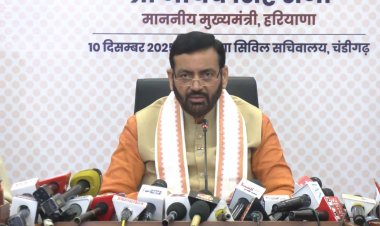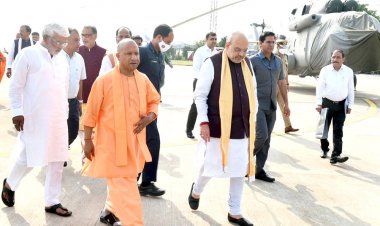Expert committee formed on NBS amidst record rise in prices of complex fertilizers
The prices of fertilizers and their raw materials are witnessing a record rise in prices across the world due to the Russia–Ukraine war. This has led to the imported price of Di-Ammonium Phosphate (DAP) going above Rs 1 lakh per tonne. Similar is the situation of urea, its raw material and potash. Meanwhile, the government has decided to form an expert committee that would come up with suggestions regarding subsidies on decontrolled fertilizers under the Nutrient-Based Subsidy Scheme (NBS), their prices and other issues. The Ministry of Fertilisers issued an office memorandum in this regard on 11 April 2022.
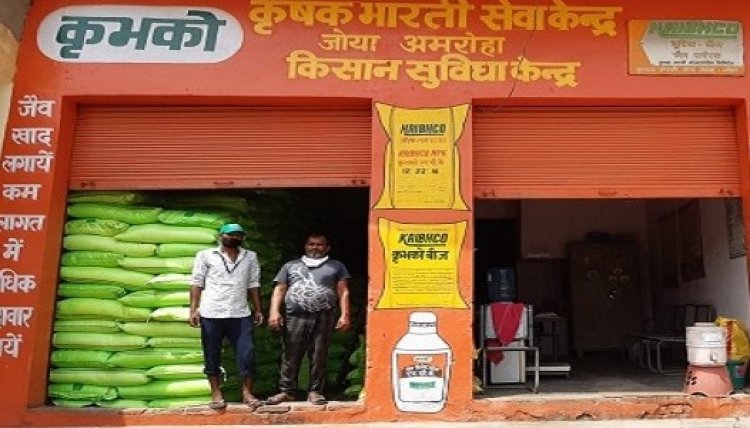
The prices of fertilizers and their raw materials are witnessing a record rise in prices across the world due to the Russia–Ukraine war. This has led to the imported price of Di-Ammonium Phosphate (DAP) going above Rs 1 lakh per tonne. Similar is the situation of urea, its raw material and potash. Meanwhile, the government has decided to form an expert committee that would come up with suggestions regarding subsidies on decontrolled fertilizers under the Nutrient-Based Subsidy Scheme (NBS), their prices and other issues. The Ministry of Fertilisers issued an office memorandum in this regard on 11 April 2022.
According to the information available with Rural Voice, the committee will make recommendations on how to attain the current objectives of the NBS and become self-reliant. The committee has 11 members, including representatives from the Ministry of Fertilisers, NITI Aayog, Ministry of Agriculture and fertilizer companies. Although it may take time for the recommendations of the committee to come up and be implemented, the government is also considering, as per the information Rural Voice has gathered from its sources, the alternatives of taking quick steps in this direction.
The terms of reference for the committee state that the committee will examine and recommend strategies for economizing/rationalizing subsidy rates under the NBS as per market dynamics/trend, demand availability and reasonableness of the maximum retail price (MRP) of fertilizers. The committee will also make recommendations on the scope of differential NBS rates for imported and indigenous Phosphorus (P) and Potash (K) fertilizers under the NBS policy. It will recommend measures for improving the competitiveness of indigenous manufacturing of Phosphoric Acid/SSP along with a long-term strategy for securing rock phosphate globally. The committee will also examine the issue of disposal of phosphogypsum, a by-product in the production of Phosphoric Acid from rock phosphate, and use as fertilizer under the Fertilizer Control Order (FCO). It will also recommend measures in NBS policy towards the promotion of the balanced use of fertilizers. It will also examine the aggregator model for SSP/marketing arrangements guidelines for P and K fertilizers. The committee may include any other issue with the permission of the expert committee members.
The memorandum issued does not state any deadline for the committee to submit its recommendations. What is significant is that the committee has been formed at a time when the industry was hoping that the new subsidy rates would be fixed on the nutrients under the Nutient-Based Subsidy (NBS) scheme for decontrolled fertilizers from the month of April. A delay on this count is preventing new import deals for complex fertilizers and their raw materials. According to industry sources, new import deals have stopped since the war started between Russia and Ukraine on February 24 and this is affecting imports directly. Meanwhile, the fertilizer prices are constantly going up.
According to industry sources, the import price of DAP has reached $1,250 per tonne. Going by the current exchange rate of the dollar, the price comes to about Rs 95,000 per tonne. Then come the custom duty and GST on this, leading to a 10 per cent increase in price. The packaging costs, too, have gone up steeply. Industry sources say that the DAP cost has, therefore, gone beyond Rs 1 lakh per tonne.
On the other hand, the retail price of Rs 27,000 per tonne of DAP and a subsidy of Rs 33,000 per tonne together fetch the industry Rs 60,000 per tonne on its sales. Given this scenario, there is a difference of Rs 40,000 per tonne between the import cost and what the industry gets. The government has not come up with any move as to how this difference will be compensated for.
This may have a direct impact on the availability of DAP and other complex fertilizers in the coming Kharif season. According to industry sources, the country has about 25 lakh tonnes of DAP stocks. A similar situation prevails for NPK fertilizers, too. And the price of urea, too, is only a little lower than that of DAP in the global market. The potash prices, too, have reached about $750 per tonne.
So, when there is a need for the government to announce the subsidy rates under the NBS immediately, delaying it may cause troubles. The forming of the committee by the government is not going to bring any immediate benefit. Although the recommendations of the committee may prove advantageous in the long term, the terms of reference of the committee give a hint that the government may be in a mood to allow an increase in the prices of the complex fertilizers.
However, it is the industry that has the discretion to fix the prices of decontrolled fertilizers and these are fixed on the basis of the subsidy rates and the import price or the prices of the raw materials. But the government has been controlling the prices of the complex fertilizers indirectly and this is what is leading to a delay that may become a big reason for an availability crisis.



 Join the RuralVoice whatsapp group
Join the RuralVoice whatsapp group

















